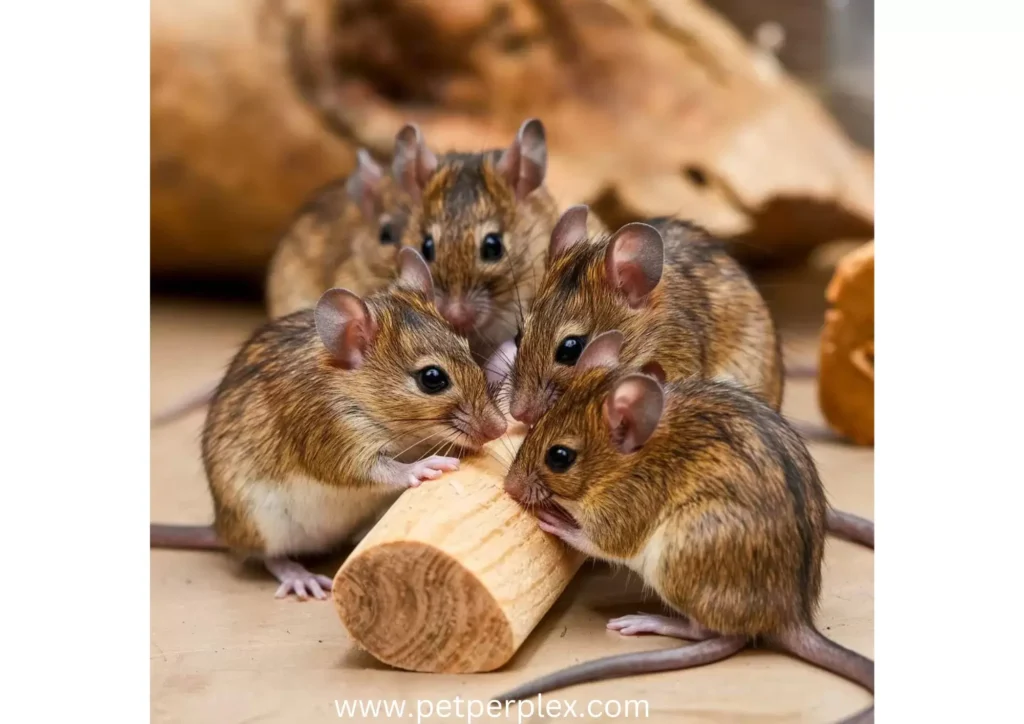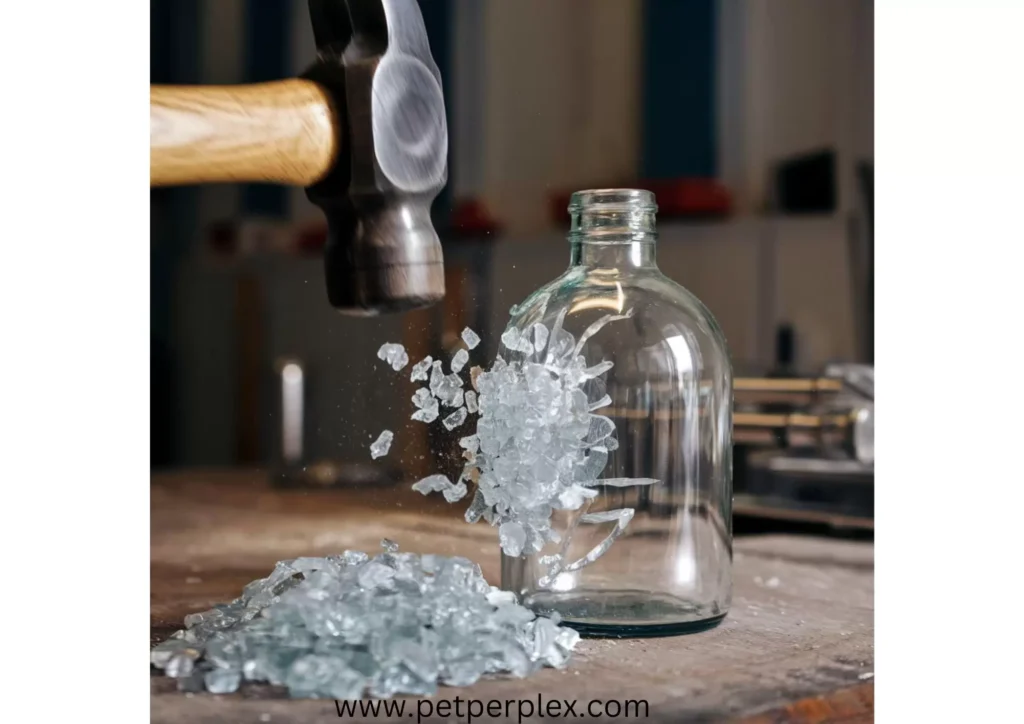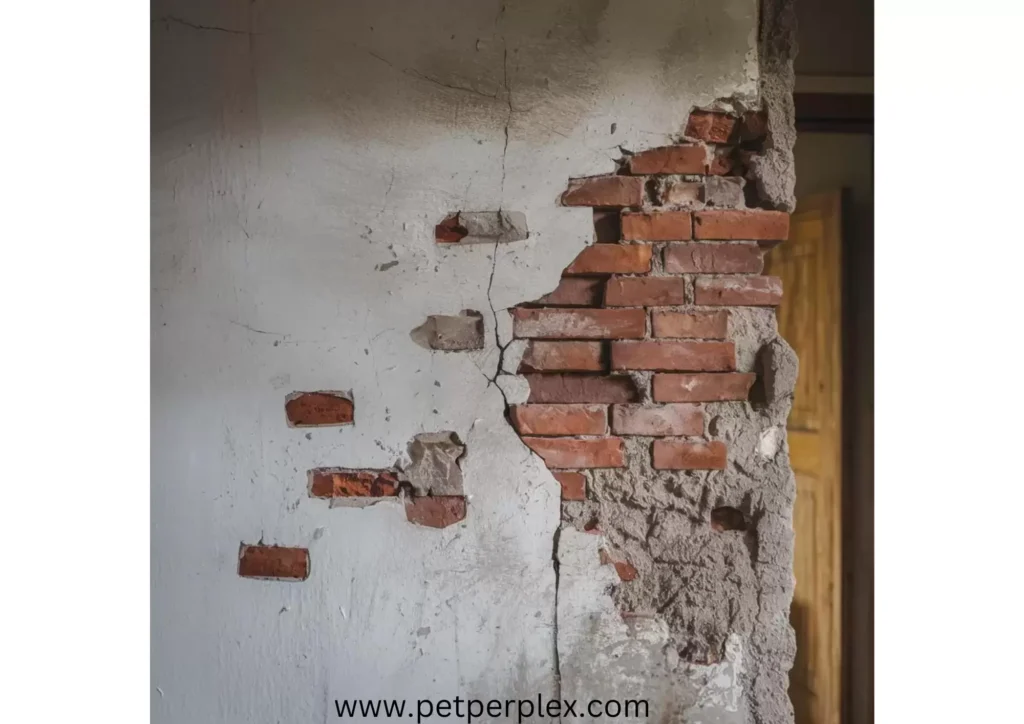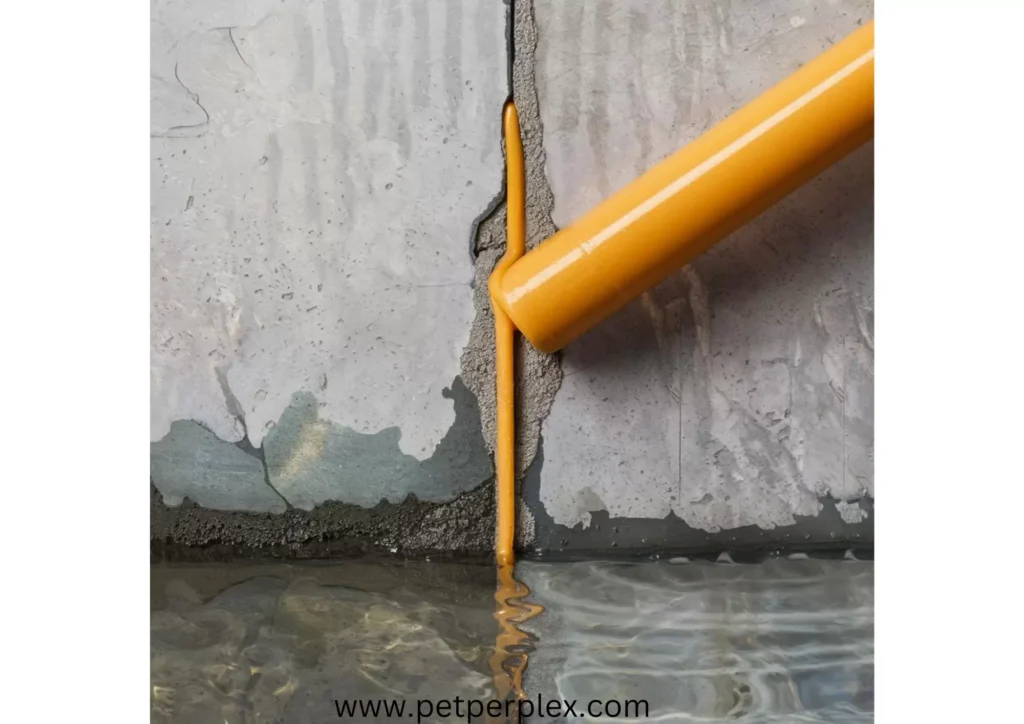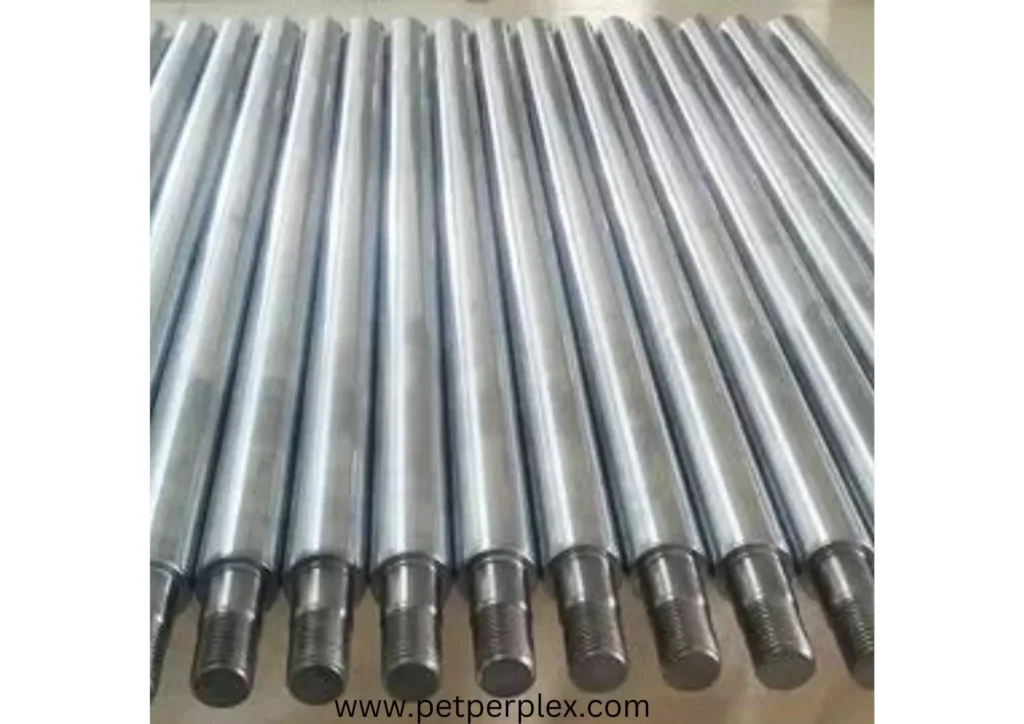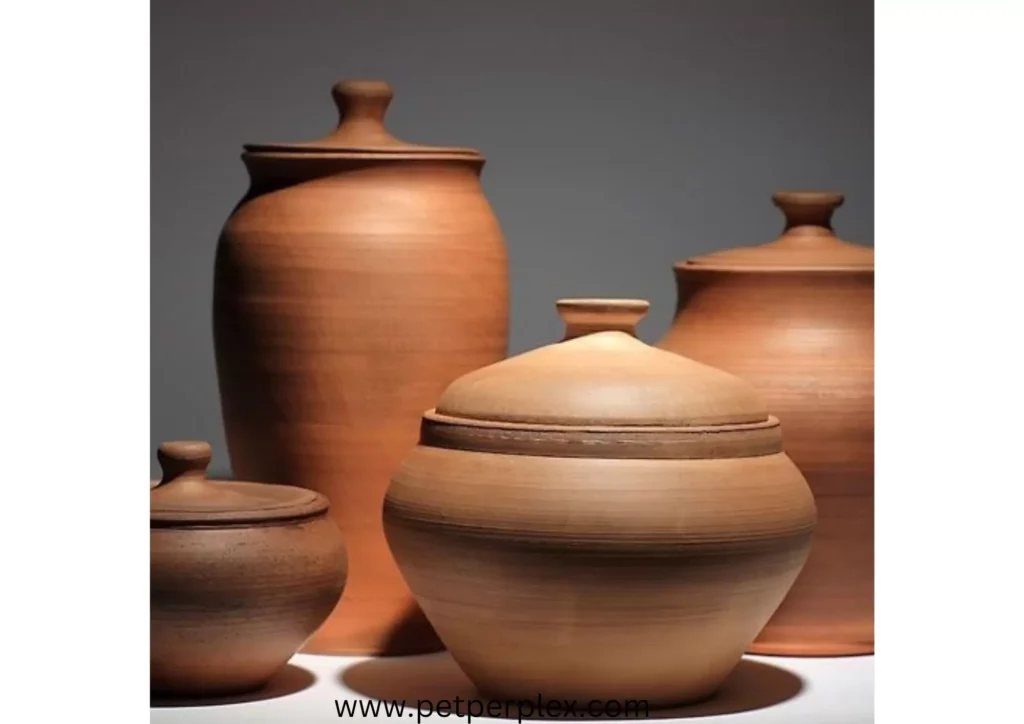Mice have enamel teeth that constantly grow to allow them to gnaw through wood, paper, fabrics and more. However, their teeth simply cannot penetrate harder metals like steel. “What Can’t Mice Chew Through?” Steel wool has long been a effective way to prevent mice from accessing spaces. When packed into gaps or crevices where mice may enter, the fine filaments of steel entangle and damage their teeth if they attempt to chew through. Steel wool has the advantage that it won’t rust or deteriorate like other metals over time. For pest prevention and rodent control, steel wool may provide a simple, cheap, and enduring solution for your mouse proof storage solutions.
The Indestructibility of Glass:
Although mice are capable climbers and can scale smooth glass surfaces, their teeth prove no match for the hardened composition of glass. Whether used as a standalone barrier or installed as double paned glass windows, mice cannot gnaw or chew a way through due to glass’s silica based structure. There are also glass substitutes like polycarbonate and acrylic sheets that mimic glass but are even more shatter resistant making them excellent materials for pest control. For areas like basement windows below ground level, reinforcing glass with additional mesh wiring deters access while maintain visibility. Glass shelters, containers and frames provide a mouse deterrent that will never degrade from exposure to weather or time. What Can’t Mice Chew glass, as their teeth are no match for the hardened structure of glass.
Concrete and Brick that Mice can’t Chew:
Although mice are capable climbers and can scale smooth glass surfaces, their teeth prove no match for the hardened composition of glass. Whether used as a standalone barrier or installed as double paned glass windows, mice cannot gnaw or chew a way through due to glass’s silica based structure. There are also glass substitutes like polycarbonate and acrylic sheets that mimic glass but are even more shatter resistant making them excellent materials for pest control. For areas like basement windows below ground level, reinforcing glass with additional mesh wiring deters access while maintain visibility. Glass shelters, containers and frames provide a mouse deterrent that will never degrade from exposure to weather or time.
Normal brick and concrete may develop cracks or holes over many decades of weathering that mice could eventually access. However, modern reinforced concrete and concrete block reinforced with rebar or wire mesh embedded during curing are simply too dense and resilient for mice to compromise. The steel additions prevent any tunneling or access points from forming. For foundation walls, steps, patios and other masonry structures reinforced concrete and brick create enduring mouse proof materials that will withstand all but the most determined inspections. Regular sealing of seams and joints helps maintain these materials’ impenetrability as a barrier against gnawing by mice. Mice also can’t chew through reinforced concrete or modern concrete block. What Can’t Mice Chew reinforced concrete or concrete block, as they are too dense and resilient for mice teeth to penetrate.
Silicones Excel at Exclusion:
Silicones are polymers distinguished by their flexible yet durable nature. When used as caulks, sealants or trim materials, silicone molding provides pliable coverage of gaps that mice may look to enter. Unlike other rubber like substances, silicone’s resilient molecular structure makes it highly resistant to punctures, tears or abrasion from persistent mouse chewing. Silicone sealants form a watertight, airtight barrier and unlike other sealants won’t melt or lose effectiveness over decades of sun exposure. As a preventative material, silicone ensures exclusion against entry points and delivers lasting protection from material damage caused by mice.
The Strength of Certain Plastics:
Some plastics mice can easily chew through. However, higher density plastics like UHMW (ultra-high-molecular-weight polyethylene) polyethylene maintains a strength and durability that deters mice. Used for lids, bins, containers and other protective coverings UHMWPE plastic withstands vigorous chewing without signs of deterioration. Being 50-100x times stronger than steel, it offers mouse proof storage for items prone to mouse damage. Other tough, high crystalline plastics including PVDF and stabilized PCA prove impenetrable to wildlife removal attempts at access. Plastic materials serve as barriers for mice when durability against gnawing is a priority.
Ceramics Outlast Teeth:
Composed primarily of silicon dioxide and other metallic or non metallic materials, ceramic goods often feature a dense, vitrified composition. Whether in tile, pottery or fixture form ceramics won’t succumb over time to constant gnawing by mice. Porcelain enamel, terra cotta and stoneware withstand the perpetual growth and attrition of mice’s teeth better than weaker building materials. As permanent mouse deterrents, ceramic materials find use in fixtures, edging applications and other installations seeking long-lasting defense against destructive access attempts. Properly installed and sealed ceramic products provide resilient barriers for mice for the lifespan of a structure. What Can’t Mice Chew ceramics, as their dense, vitrified composition is too difficult for mice teeth to penetrate.
Copper Mesh Foils Invaders:
Although not always feasible cost wise for large scale projects, copper mesh provides invaluable pest prevention for targeted areas. Having the highest conductivity of all metals, copper releases ions that mice seemingly find unpalatable and a deterrent to chewing. Forming a permeable barrier, copper screen installed atop foundation walls or in attic gable vents allows airflow and visibility while keeping rodents and other wildlife at bay. Reinforced with thicker gauge copper makes it virtually indestructible to maintain protection for lifetime of a building. As a natural mouse deterrent, copper mesh proves itself a powerful ally against property invasions.
Frequently Ask Questions about what Mice Can’t chew:
Q 1: How do mice penetrate brick and concrete if reinforced versions can’t be chewed?
Over many decades, regular brick and concrete structures may develop fine cracks or gaps that allow access to mice. However, modern reinforced masonry incorporates rebar and wire mesh reinforcements into the wet mix before curing. This embedded reinforcement prevents any fracturing as the materials contract and expand with weather fluctuations over 50+ years. So while older structures may offer ingress points, modern anchored designs present an impenetrable barrier.
Q 2: Why doesn’t UHMW polyethylene breakdown like weaker plastics?
Unlike commodity plastics produced from petroleum, UHMW polyethylene is synthesized from purified feedstock in a process that aligns the carbon molecules into a tightly packed linear structure. This high density crystalline formation makes it 50-100 times stronger than steel on an equal weight basis. Mice lack the sustained force in their bites to distort, scratch or break the ultra strong molecular bonds. Conversely, softer plastics more easily succumb to repeated abrasion.
Q 3: Can ceramic fixtures crack open for mice to access?
While glazing and other surface areas of ceramic goods could potentially fracture from heavy impact damage over time, the core composition of ceramic remains intact. Formulated from metamorphic clay minerals, ceramics are an extremely dense, vitrified material where the constituents have melted and blended homogeneously at high heat. Mice lack the capability to penetrate or puncture this porcelain enamel, stoneware or terra cotta substrata through chewing alone. Cracks may occur, but full access points cannot be gnawed or worn free.
CONCLUSION:
Focusing defensive efforts on materials that mice cannot chew through provides the most certain and enduring protection against mouse damage. By considering factors as diverse as a substance’s strength, conductivity and resiliency one can install barriers against access that will maintain exclusion indefinitely without need for replacement or repair. The materials covered steel wool, glass, reinforced masonry, plastics, ceramics, silicone, and copper all validate their classification as mouse proof through decades of reliable service deterring gnawing invaders. Selecting products from these sturdy, resilient categories allows safeguarding valuables while achieving true peace of mind. What Can’t Mice Chew materials like steel wool, glass, reinforced masonry, plastics, ceramics, silicone and copper as their teeth are unable to penetrate these sturdy, resilient substances.

Hi, I am Mick Andrew. I am a teacher and a blog writer since 2017.

